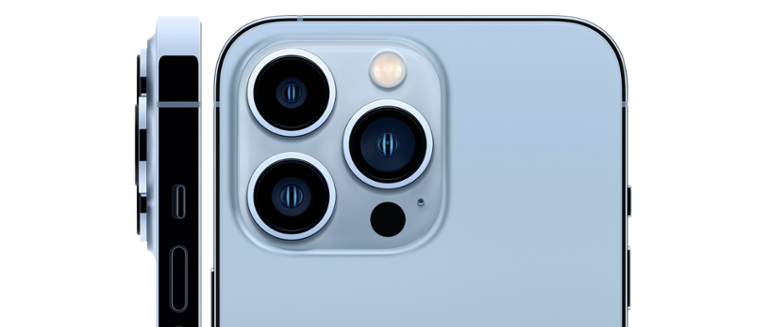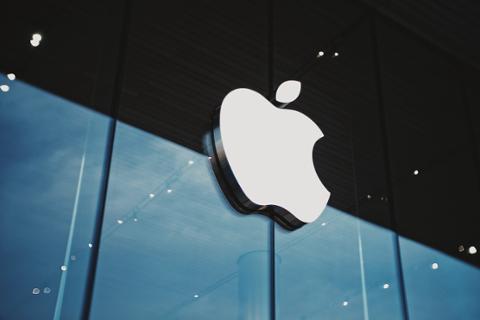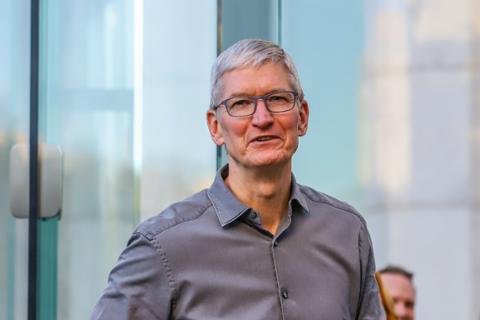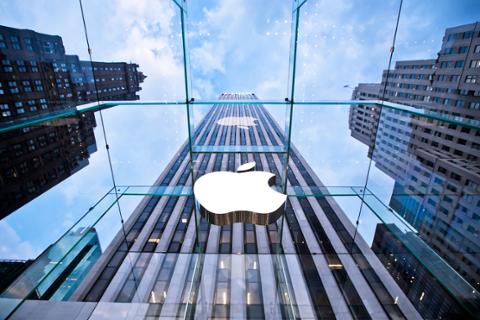At its annual Fall event last week, Apple unveiled the iPhone 13, a slightly revamped Apple Watch, and an updated iPad mini. Consumers and technologists now know what they’ll be working with for the next year—the new processors, screen enhancements, and camera technology will give developers and engineers some things to play with as they build and update their apps and services.
What did technologists think of the latest Apple updates? Among those we asked, just about everyone pointed to the new Super Retina XDR display ProMotion display on the iPhone 13 Pro as the most exciting feature. ProMotion brings a 120Hz adaptive refresh rate to Apple’s flagship iPhone for the first time (the iPad Pro had it for years); Apple says it “intelligently ramps up when you need exceptional graphics performance, and ramps down to save power when you don’t.” That 120Hz refresh rate means the display can refresh up to 120 times per second, which Apple says matches the speed of your finger swipes. The intent: no more lag.
The camera array (still three on the new iPhone, if you’re counting) received significant improvement, as well. The telephoto lens now has a f/2.8 aperture, an ultra-wide f/18, and a wide f/1.5. The new iPhone Pros can support 3x optical zoom in and 2x optical zoom out for a 6x optical zoom range. Digital zoom up to 15x is now supported, too.
The two Pro models, as well as the two “regular” iPhone 13 models, boast the new A15 Bionic chip, 5G support, improved battery life, and are MagSafe compatible. The iPhone 13 loses the Pro-model-only telephoto lens.
ProMotion for the Win
Victor Lavrentyev, CIO at Orangesoft, tells Dice: “I am curious whether [ProMotion] will affect the performance of scrolling elements, especially tables and collections.” It’s a fair concern, particularly for apps that haven’t been updated to support the changes Apple has made to table refresh in the past few years.
Seerhii Popov, Software Engineer at Setapp, notes: “iOS is intelligent enough to make it work in third-party apps; the more native components are used, the better result would be,” underscoring the point.
Popov’s colleague Serg Krivoblotsky, R&D lead at MacPaw, reminds us that ProMotion “allows decreasing screen frame rate, saving your battery.” That’s good news for iOS developers who keep an eye on energy efficiency.
The iPhone 13 Camera
New features like Cinematic Mode (for taking video with blurred fore or back-ground) and Photographic Styles (for creating custom photo filters) “are exclusive to the native Camera app,” Popov adds. These are significant new features added by Apple, and encroach on the good work other apps have already done— as a result, those who create photo apps may be a bit alarmed.
But Popov thinks developers interested in imagery still have plenty of avenues: “There’s still great stuff developers can profit from. All three cameras now support night mode, their physical specs also improved, which gives a great starting point for developers.” (Indeed, it’ll be interesting to see how high-end photo apps like Halide are updated with more power behind the lens.)
What About Apple Watch?
The MacPaw and Setapp teams (Setapp is a subscription service for Mac apps available via MacPaw, if you weren’t sure) are split on whether Apple Watch is now worth their time (pun intended) from a development perspective.
We asked if the new Apple Watch would encourage them to develop an Apple Watch app. “Maybe not now,” Krivoblotsky says. “The new Apple Watch presents hardware changes with a beautiful and more comfortable design, but it looks like it stays the same on the inside.”
Vitalii Budnik, senior macOS developer at MacPaw, adds: “Yeah, a bigger screen is worth trying to create a counterpart watch OS App to iOS app.” But it seems he’s relatively isolated in that opinion; Popov says his perception of the Apple Watch is unchanged, adding “it has some cool features, but they are not open for developers—like new Watch faces that play up the new display.”
Lavrentyev adds: “Thanks to the larger display, Apple Watch will feature a full keyboard so that developers can start creating apps. Without a keyboard, it made no sense” to develop many apps.
About That iPad mini…
We wanted to know if developers should care about the new iPad mini. “Absolutely, yes,” Budnik says. “The new iPad mini has a nice size, very affordable, and has the extremely powerful A15 Bionic chip. It will be a huge seller and developers should adopt UI in their apps to support that tiny screen to please their users.”
Popov agrees, noting that while the iPad mini was “late” to the update party, it’s a powerhouse. “Of course [developers] should care. Today, we see how the iPad mini transformed from a fun device to one that many users find perfect for everyday life and work. But since it features many technologies that have already been introduced with iPads Pro, there should not be a big deal to tune everything for the new iPad mini.”
Lavrentyev says he’ll buy a new mini, but “as far as developers go, I did not notice anything interesting.”
The Next Fall Event
Apple didn’t announce new Macs or MacBooks at this event, leading most onlookers to assume a second event is on the horizon as soon as next month. At that event, we expect to see new Macs and/or MacBooks with an M-series processor, and likely new AirPods (which some pundits expected to see this week alongside new iPhones).
We asked if new MacBooks or Macs with M-series processors would encourage developers to buy one, specifically to develop apps with, and the results were positive. All we spoke with said it wasn’t a matter of whether they would, but which one they’d buy.
Many we spoke to expect Apple to introduce new screen sizes as well as the M2 processor to succeed the M1 introduced last year. If Apple stays with the M1 processor for this next generation, it’ll be interesting to see if people hold out for a Mac with an M2 chipset.
Budget Accordingly
If you’re an Apple fan, 2021 could get expensive. The iPhone Pro tops out at $1,599 (1TB of storage). The iPad mini can top out at $799. The new Apple Watch won’t be available until later this Fall, but expect pricing to remain the same—which means a top-end device is right around $849.
And we’ve not yest seen new AirPods, which should cost around $200. MacBook Pros can easily encroach into the $4,000-5,000 range, too.



